Learning to accept life with a chronic illness
It is not easy to live with a chronic condition. All of a sudden, your whole life changes, and nothing is like it used to be. You fall into a big hole that does not seem to have a bottom, and it is challenging to get out of it again. However, with time, you learn to handle and accept your condition, and you start a new life. This is how going through this process felt for me, and how I finally learned to accept and love my life with Ehlers-Danlos syndrome and comorbid conditions.
Becoming chronically ill sucks.
Accepting a chronic illness is not a linear process. I know this because I have been living with a wide variety of symptoms since 2010. All my medical issues are caused by a rare connective tissue disorder called Ehlers-Danlos syndrome (EDS) and its comorbid conditions. Losing everything that gave me a purpose in life from one second to another was, quite frankly, absolute shit. Suddenly, nothing is ever going to be like it was before, and I did not know who I was anymore; or what I could still achieve in life.
Without a diagnosis, it is impossible to accept an illness.
It took me four years until I received my Ehlers-Danlos syndrome diagnosis. Four long years, where I could neither move forward nor backward. I was stuck. Between all the appointments with doctors, I was constantly in fight-or-flight mode. I was fighting every single day. I fought for recognition of my symptoms, for financial support like disability benefits and insurance coverage; I fought against the frustration, the fear, the hopelessness that overcame me all of the time. Thinking back to those years, I only remember fragments of what I experienced. I had to suppress a lot of the trauma I experienced because otherwise, I might not have made it through. Feeling that I was severely ill, but not actually knowing the reason for it was the hardest part for me. The fear of the unknown. It is like an invisible enemy; a faceless monster.
Finally getting a diagnosis means realizing that there is no way back to the life before illness.
With the diagnosis and the knowledge that I will never be healthy again, I slowly started to crawl through all stages of grief. Before I was told I had Ehlers-Danlos syndrome, there was this slight chance I would be cured at some point, and I could get back to my old life, but with the EDS diagnosis, this bubble burst. On one side, this was like a punch in the face, but on the other side, it was probably the largest relief I ever felt. Finally, I had actual proof that I did not imagine my symptoms. Nobody could doubt my illness anymore after all. However, now I fell into a different hole: the grief, because I realized I will not ever be able to do all of the things I was able to do before.
And then, the grieving process begins.
Many people don’t associate grief with being sick. Nobody died, right? But grief is exactly what you experience when you become chronically ill, because, yes, somebody did die: You grieve the old you; the person you have been before you got sick; we grieve the part of us we lost: our healthy self. We say goodbye to all the functions we had in the past; the abilities we lost. We grieve the people who left us because of our conditions; we grieve the dreams that will remain unfulfilled. And then, we let go.
Grieving is not a linear process.
Actually reaching acceptance took me a couple of years. At first, I literally fought against my body. I desperately tried to force it to become its healthy version again. Needless to say, not only did this not work out, but it also led to a severe worsening of my symptoms and even more frustration than before. Developing new issues on an almost daily basis and never really knowing how I will feel the next day was challenging to accept. Even harder was to actually see myself as a person with a disability – mainly because of the misconceptions around disability that we get taught by society: the fact that some people believe we only have value if we are physically or mentally as functional as our healthy population. Of course, this is utter crap, but it took me a while to realize this. Often, I felt like I was taking one step forward and three steps back. When I finally – after many years – understood that I could live a happy life with my chronic conditions – just a bit of a different life – I felt a lot more at peace.
Grieving never really stops.
Just because I came to terms with EDS and all other conditions does not mean that I sometimes don’t still end up in different phases, for example, the anger stage. It is easy to be angry about new symptoms, fluctuating limitations and the loss of abilities I still had yesterday. Especially a condition like EDS, which continuously leads to new challenges and can cause further issues at any point in life, seems to go hand in hand with frustration. Reinventing myself all over again, finding a new sense in life and adapting to ever-changing limitations is a daily battle that I often win but sometimes lose.
No, acceptance is not a linear process.
It is more of a constant tug of war between acceptance on one side and frustration on the other. Sometimes, one side wins; other times, the opposite wins, but more commonly, we are somewhere in between.
A short version of this has been published on the Instagram site Herzensmenschen in Germany.
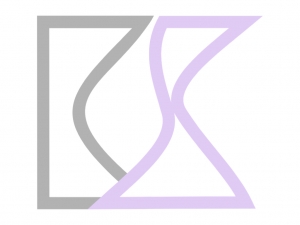
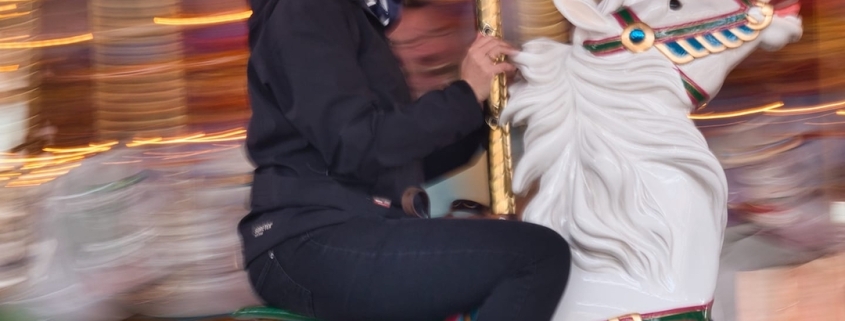



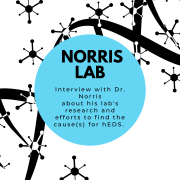


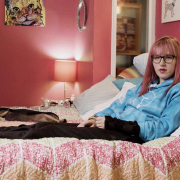
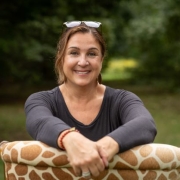
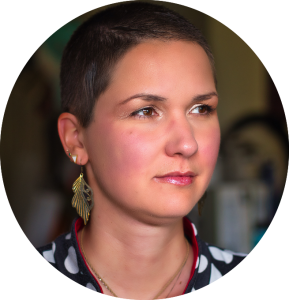


Well said + so very true. Nothing in life is linear, esp grieving for the healthy self. You’re an eloquent wordsmith who really pack words with emotion.
Thanks, my friend. Sending you hugs